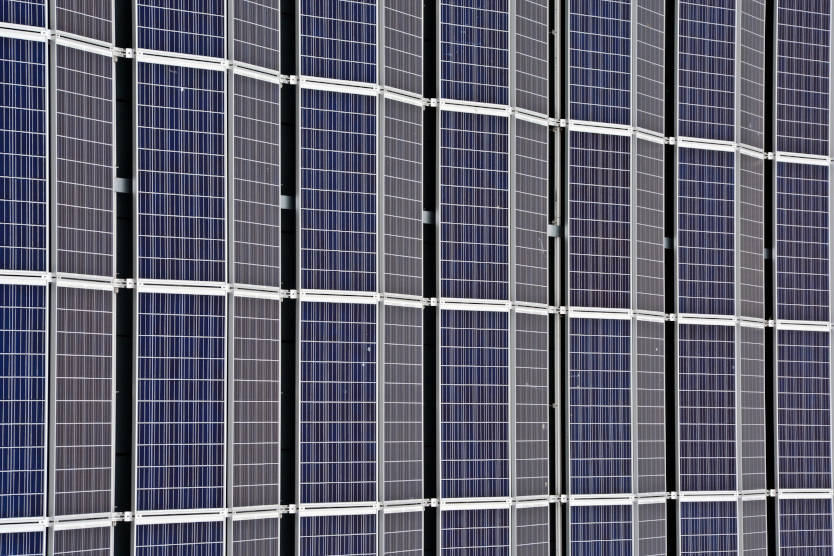
In near future drones equipped with high-performance cameras could check the condition of individual PV modules and build up a more accurate picture of the systems’ overall performance and potential weak spots using thermography and electroluminescence.
© pixabay
The service life of an industrial photovoltaic energy system is around 30 years. During that time, it must be regularly checked for faults and anomalies which can affect overall performance. As solar plants are key to the success of Germany’s Energy Transition, any technology which improves service life and performance is of great significance.
The COSIMA research project, which is funded by the Federal Ministry for Economics and Energy, was launched in July 2018 by the Helmholtz Institute Erlangen-Nuremberg for Renewable Energies (HI ERN) in partnership with N-ERGIE AG. The idea behind it is to use drones equipped with high-performance cameras to check the condition of individual PV modules and build up a more accurate picture of the systems’ overall performance and potential weak spots using thermography and electroluminescence.
By applying this intelligent inspection technique, common faults such as cracks in the panels, glass breakages and degradation can be detected then remedied – or at least accounted for – before losses are incurred. Central to the project is the development of software that can process vast amounts of data from hi-res images, weather conditions, power and other parameters. The system then analyses the data and makes service recommendations, taking into account factors like costs and yield.
Fifty-six flights over various PV systems (20 kWp to 10 MWp) have so far been carried out at N-ERGIE’s plants and the data is being analysed. "There are tens of thousands of photovoltaic plants in the N-ERGIE grid area alone. Regular maintenance is important to ensure that these generate renewable electricity as reliably as possible," explains Rainer Kleedörfer, head of corporate development at N-ERGIE in a report in SolarServer.
The jointly-developed, innovative method could be applied worldwide.


